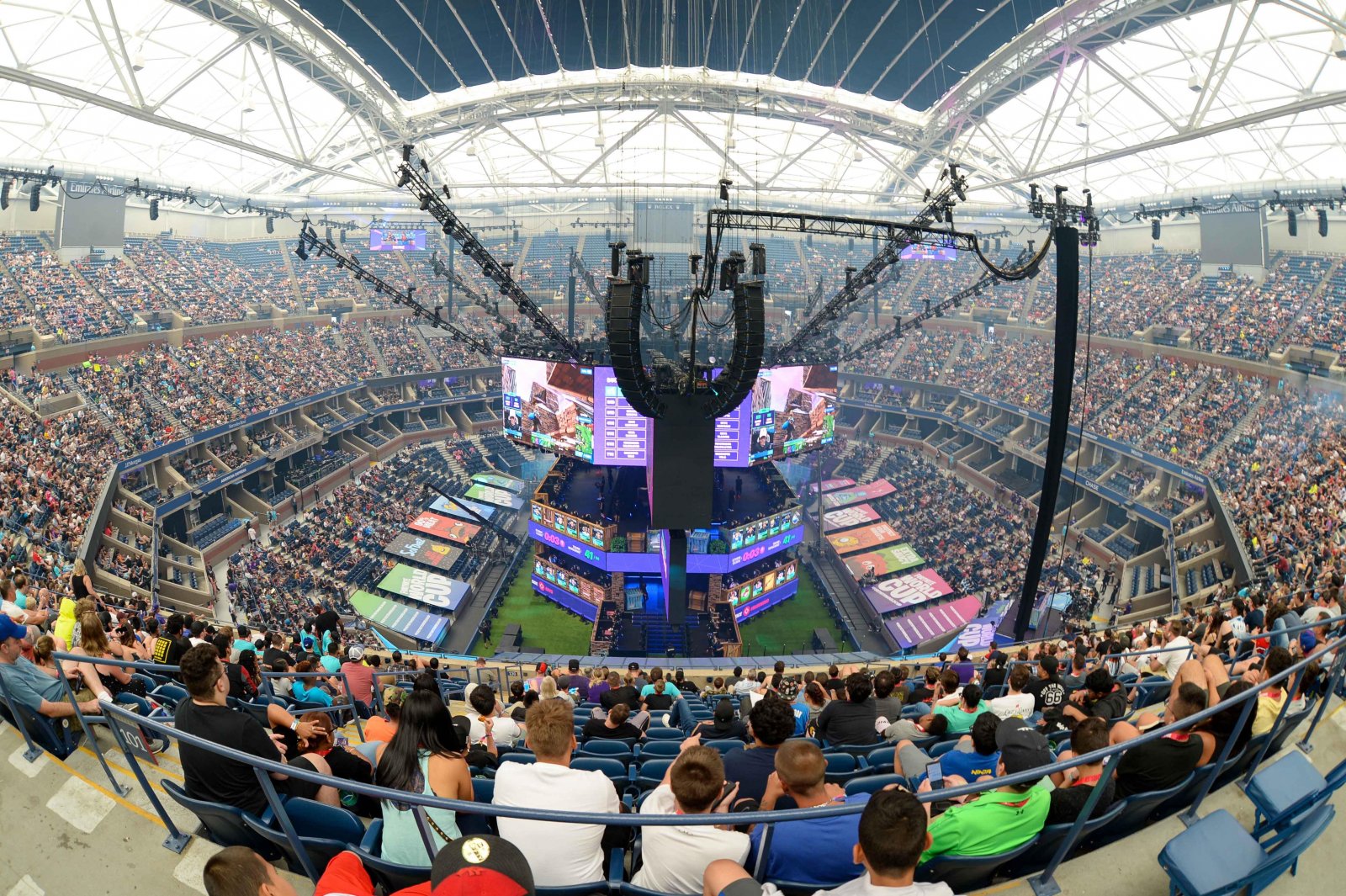Arkadium’s Rob Caliolo talks immersive advertising, change in gaming & the impact of social media on player personalities
“I think that fans and individuals, particularly in the younger demographic, are seeing the world through that individualistic lens more and more.” These are the words of Rob Caliolo, Vice-President of Product at Arkadium.
The New York-based company are the creators of interactive website content including data visualisations & games and delivering these to digital publishers, some of which include USA Today, Washington Post & the Los Angeles Times, and Digital Sport sat with Rob to discuss a handful of topics he’s noticing appear more frequently in his industry.
It’s human nature to try to constantly adapt and learn how to improve on what’s been achieved before, and rarely is that more the case than in the world of digital advertising, where competition for website space and brand recognition is fierce, and operating in an automated manner.
Rob shed some light on how this industry works, but before that he gave us some more insight into his own background and how he found himself at Arkadium: “My background is in publishing, I used to work for CBS Interactive, as the director of BI and the director of growth engagement for that. I then wanted to join Arkadium because I saw the same trend that fan engagement, particularly in sports and in engagement in general, were becoming more important.”
Fan engagement is becoming bigger than ever. No doubt fan channels such as AFTV have led the way in this regard, giving the fans a voice and a platform to deliver their opinion, but it’s evidently making sports clubs and their social media accounts think twice about how they promote themselves and engage in social media with their followers, which is all driven by the new digital possibilities that now exist.
So how did Arkadium get to be in this industry and what’s its history? Rob expanded on the story of the advertising innovators, stating: “Arkadium is a business that’s been around for about 19 years now, and the history and the background of the company is in gaming. We’ve built and power games that come pre-installed on Microsoft Windows and we power the gaming sections of the world’s premium publishers, so think LA times, Washington Post, etc.
“Ultimately, over the course of Arkadium’s evolution, we’ve realised that what we’re really the best at is engagement and engaging the user. And one thing that we heard from our partners was that they were looking for ways to engage users in the context of articles a little bit more.
“So what we ultimately came up with is a product that any publisher can have inserted in an article all the time and it doesn’t include any editorial involvement. As those articles are getting published in real-time, we automatically read and understand what an article is about and create and embed an engaging gamified visualisation about sports and of course advertisers can sponsor that in a way that you would see on TV statistics sponsored by, etc. So we can monetise and help publishers alike by engaging them that way.”
Click on the video below to hear Rob explain how Arkadium’s advertising works on websites:
“It’s basically a line of code that gets permanently embedded within the article templates so when it’s there it’s all done automatically. We use machine learning to take care of everything, making sure that the brand is brand safe and that the content is editorially about a certain story which gets automatically embedded. So it’s primarily on our publisher partner’s sites.
“At present we reach about 70m US-based sports fans and about 35m international sports fans where we cover European football in EPL, UCL & Serie A.”
The move into European markets is a fascinating one, and it remains to be seen whether this sort of model will work, though the evidence so far suggests it will. There’s no question that countless average website users are left deeply frustrated by continuous adverts distorting their views of a site, jittering the screen as they try to click to another page and pushing products to them that simply don’t appeal. However, a more interactive gaming experience might just be the way to marry a website with the appropriate advertising it needs nice and easily.
Another trend amongst those brought up in this ever-evolving digital world is the desire to support players and have a more personal understanding of them than previous generations have enjoyed access too. Social media means we have more visual understanding of the lives of top-level athletes, and this creates a better affection and connection between fan and player.
Rob explored the trends he’s noticed and how he interprets what we’re seeing from the younger generation: “What we’ve seen over the years is that the younger demographic is much more interested in the players really. This is for a number of reasons, social media being one of them, as you have social media personalities now.”
“Everyone can be their own independent contractor now with the rise of social, and I think that fans and individuals, particularly in the younger demographic, are seeing the world through that individualistic lens more and more and so it becomes less about supporting your team and more about supporting the individuals that you can see yourself in the same place as at some point in your life. There’s no doubt that we’re seeing more of that, particularly in the younger generation,” he continued.
Rob also discussed his views on gaming having a similar impact on fans and followers in the same way social media is: “Gaming is a huge tie in. As games become more and more realistic, they’re trying to actually capture everything down to a player’s mannerisms. The fantasy of gaming has almost become inextricably tied with the reality of what the player is.

“You actually see in the US some issues sprouting out from that. I think a lot of players don’t realise that they are their own brand and that puts an emphasis on them to do their own individualistic things which sometimes can conflict with the narrative of the teams and what the teams think is best for their organisations. So you sort of see this feeling amongst players that ‘oh, I can actually become more famous and make more money by being my own brand and not by necessarily bending down to the team,’ and that can sometimes create a little bit of tension.”
Digital continues to evolve, but with that our interactions with sports players and the sheer nature of fan-following is changing. Being a sports fan means something different to the younger generation than it did to those born just 20-30 years ago.
An industry expert giving his opinion on these matters is fascinating, because consumer behaviour is changing and user experience is having to be readdressed with this, especially with online advertising. Arkadium is a company looking to understand what the patterns in fan engagement are, and what it means to deliver something users truly pay attention to. Ultimately, these changes are all due to the changing nature of your average fan, and digital media companies are having to adapt to this more than ever before.
About author
You might also like
SPORTEL 2021: Day One Recap
This year’s prestigious SPORTEL convention kicked off in sunny Monaco today, welcoming a host of familiar faces as well as plenty of new ones. Doors opened at 8:30am with businesses
Six Founding Riders Set To Bring The Vision Of The UCI Track Champions League To Life
Olympic Champions, UCI World Champions and World Record holders join the new track cycling competition debuting in November 2021 The UCI Track Champions League is delighted to announce that six
Sports related spending to soar this summer as pre-pandemic life resumes
New insights from eBay Ads UK reveal the potential for brands to engage with an excited but nervous nation as sports events get back on track As pubs and indoor








